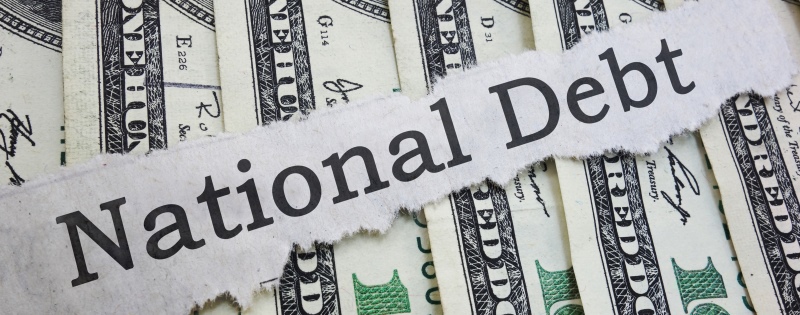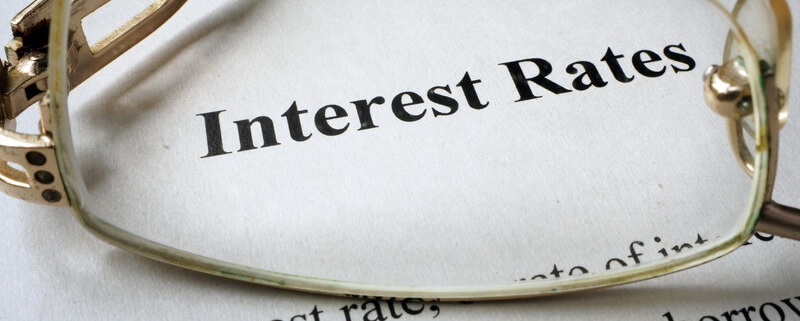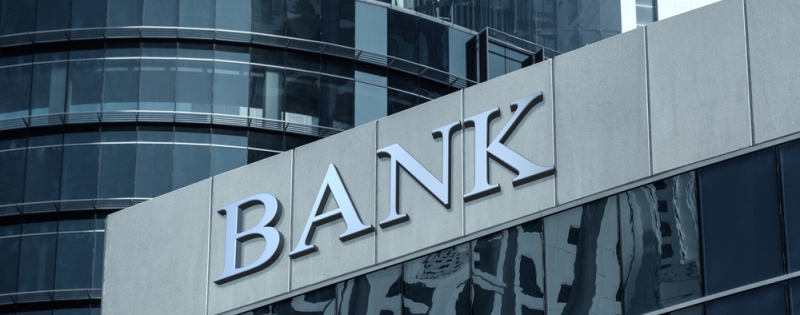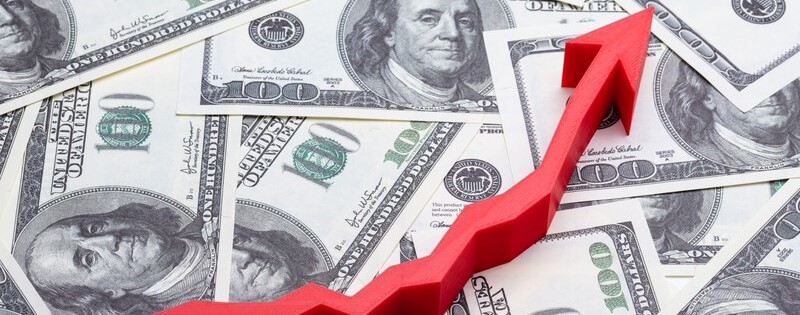Pressure has been building over inflation expectations. When will the Federal Reserve cut interest rates? How long before CRE could return to, if not to a zero-rate policy, then closer to the pre-pandemic situation?
But another storm is on the horizon, one that some have been warning about although they’ve been largely ignored. The issue is the level of government debt, which is up to almost $34.6 trillion according to the non-partisan nonprofit Peter G. Peterson Foundation. The reason is structural factors, such as a large aging segment of the population, rising healthcare costs, and government spending that doesn’t bring in enough taxes to pay for what Congress authorizes.
Deficit spending requires more borrowing through government debt instruments as Reuters reports.
“Investors are bracing for a flood of U.S. government debt issuance that over time could dwarf an expected rally in bonds, as they see no end in sight for large fiscal deficits ahead of this year’s presidential election,” they wrote.
The mechanism that worries them is straightforward. There are three methods the U.S. government can use to obtain revenue to pay for its obligations. One is through taxes, but the amount brought in isn’t close to what is needed. The second is by printing money, which would eventually generate inflation. Third is borrowing, the approach the U.S. has used for generations.
Borrowing dynamics follow basic economics keeping one dynamic in mind — bond prices and bond yields move inversely. The more demand there is from those who want to lend the U.S. money by buying bonds, the lower the yield the government has to offer. The more debt the government wants to sell — that is, the more supply— the higher yields need to be to attract buyers. Also, the more the U.S. presents as a risky borrower, the greater the yield lenders/buyers will demand, and the more the government has to borrow, the riskier it seems.
Benchmark 10-year Treasury yields, now at around 4.4%, could go up to 8%-10% over the next several years, Ella Hoxha, head of fixed income at Newton Investment Management, who favors short-term maturities in Treasurys, told Reuters. “Longer term, it’s not sustainable.”
Meanwhile in some quarters concerns are reaching nightmare proportions. Jeffrey Gundlach, the CEO of investment management company DoubleLine Capital, is afraid the growing debt burden of the US government could eventually lead to a restructuring of US government debt, which would be unprecedented.
The world would likely see debt restructuring as an admission of problems and greater risk, increasing yields even more.
The bottom line for CRE: higher yields on the 10-year and SOFR — and both are strongly correlated and baselines of loan rates — would force real estate borrowing rates up.
Source: GlobeSt.









